I purchased a few SN74HC4020 ICs, which is a 14-stage ripple-carry binary counter. The SN74HC4020 datasheet shows output pins for bit 1 (pin QA) and bits 4-14 (pins QD-QN). So in other words the output for bits 2 and 3 are not exposed. Why are these 2 bits not exposed on this IC and is there a work-around if I'm trying to divide by 2^2 sometimes, or 2^3 sometimes, along with 2^14?
I'm guessing there's some binary arithmetic involved using some logic gates that I'm not smart enough to know at first glance. Or perhaps the other answer is that I have to chain another 4-stage counter IC with this one in order to divide by 2^2 or 2^3.
